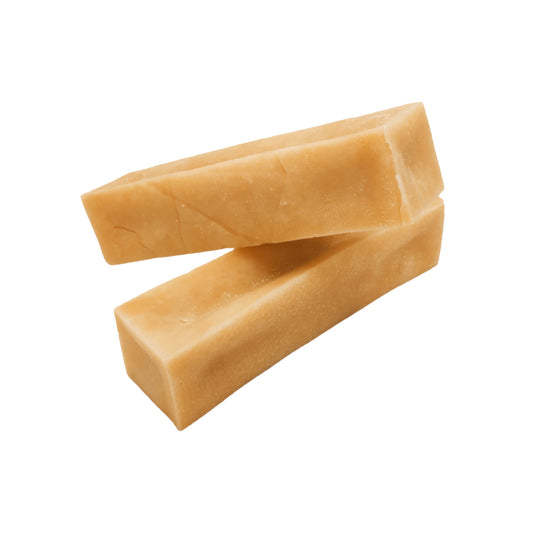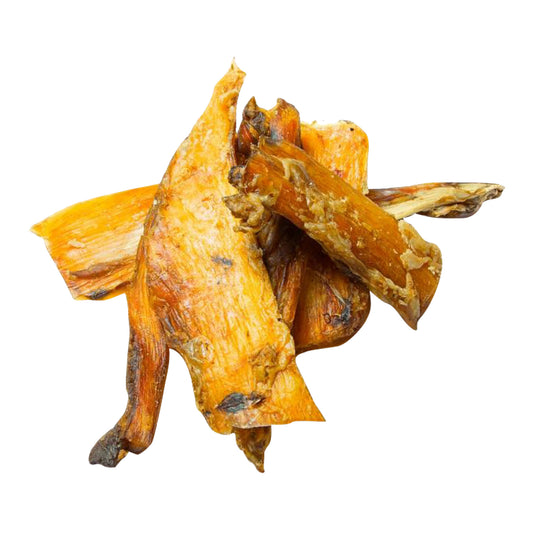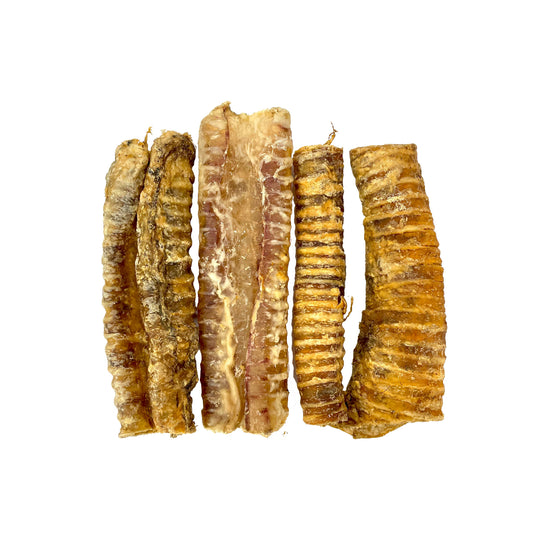
(Written by Georgia Hatton)
In 2021, we carried out a survey of our customers' dogs, and taking the top spot for the most popular breed owned by our customers was the Border Collie!

Around 9000 years ago, civilization underwent a large change when humans moved northwards, away from their hunter-gatherer roots. They settled down and started farming animals. The remains of human, sheep and dogs have been found in ancient neolithic settlements around the UK, such as those around Stonehenge. In these early days, dogs would have primarily been large, powerful protectors of the flocks, guarding against predators such as wolves and lynx. Slowly these predators were hunted into extinction, and the need for protective dogs waned.
As populations grew and more farms sprung up, there became the need for a different type of dog - and there is evidence that the right kind already existed!
In 1576 Doctor Johannes Cauis of Cambridge University published his book “Of Englishe Dogges”, which included references to dogs herding sheep, driven by their master's voice and whistle, and this is considered the earliest written reference to shepherding canines. Later on, in 1790, Thomas Berwick’s “A history of quadrupeds” included references to black and white herding dogs, very similar to border collies.
At the end of the 1800’s a black and white collie, called Old Hemp, was born - and he made his mark on all collies to follow. It is believed that all modern border collies can be traced back to this single dog.

The name border collie comes from the location they were developed in - the borders of Scotland and England and the Anglo-Saxon word ‘col’ meaning black - as the early “colley” dogs were predominantly black!
These days, there is a much larger spectrum of coat colours, including:
Black and White - the classic, and most recognisable. They are mainly black, with white feet, a white collar around the neck, a white blaze along the face and along the chest.
Tricolour are black and white, with tan highlights.
Red and white have similar markings to the black and white, but red instead.
Merle - considered by many to be the most striking pattern. The Blue merle has a blue (grey) background, with mottling of black and dark blue, whilst the red merle has a pale red background, and dark red highlights.
The Sable coat is one that’s tan or cream, with darker tips, such as the ears.

As well as colours, the coat types come in two lengths - the rough and smooth varieties (not to be mixed up with the rough and smooth collie!)
The rough coat is thick, dense, and long. It has a thick undercoat, and long guard hairs on the top. Regular grooming must be done! These dogs though are highly waterproof and weather resistant and this is the coat type more favoured in the breed ring. The smooth coat is much sleeker against the dog's body, with less feathering. They still have a heat retaining undercoat, but the guard hairs on the top are much shorter, and sit closer to the body. They require less grooming, and will collect less debris.

Photo by Sheila Swayze on Unsplash
Despite differences in appearances, they are the same breed underneath. Widely accepted as the most intelligent of dog breeds, they are the favourites of agility, obedience, and heelwork to music competitors worldwide. Most famously though, they are sheep herding dogs. They herd with their eyes - the intense collie stare intimidates the sheep into moving. This is a testament to the effects of selective breeding. Staring is a predatory response - the dogs stare as part of the hunt. The dogs however must not “go for the kill” when they reach the sheep. This balance between chase and kill is one of the most remarkable things about this breed.
But what makes them so intelligent?
One study suggested that intelligence in dogs is 50% training and 50% genetic - simply some dogs are more intelligent than others.
Border collies can learn new cues within 5 repetitions, and have a first time obey rate of 95% - for other breeds, this is much lower, with them learning new commands after 25 - 40 times, with a 50% first time obey rate. Not only are they more obedient than the average dog, collies learn things much, much faster. Unfortunately this means they also learn bad habits just as quickly!
A recent study has found that a gene called CTNND2, responsible for normal cognitive development in humans could also be responsible for the high levels of intelligence in the border collie, as their genome seems to show selective breeding for this gene. Whilst more research is needed, it seems clear that collies are just built differently.

Photo by Daniel Fatnes on Unsplash
Health tests are important in border collies - there are a number of genetic conditions they can have and a number of health screening tests that should be carried out. This includes hip and elbow scoring, a number of eye tests and testing for a mutation on the MDR1 gene. Dogs with a mutation on the MDR1 gene are more susceptible to severe side effects from a variety of drugs, including antiparasitic, antidiarrheal and anti-cancer treatments. As these are drugs that can be given quite commonly, it’s essential to know if your dog is affected. By purchasing a puppy from parents who have been DNA tested for this condition, you will know if they are clear, a carrier (able to pass it down to their offspring) or affected. Fortunately, the presence of this mutation in border collies is estimated to be very low, at around 5%, but as giving these drugs can be lethal, it’s hugely important to find out!
Border Collies are fun, energetic dogs - best suited for experienced, active households. They require plenty of exercise, and mental stimulation - but if you provide this you will have a loyal, devoted companion for life.

















